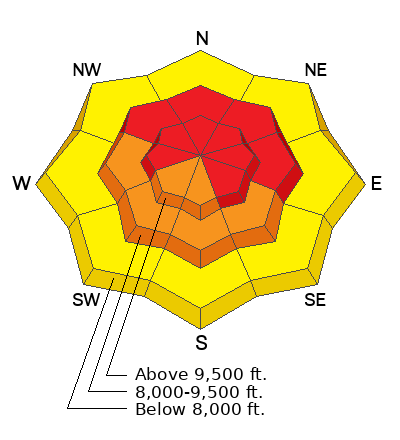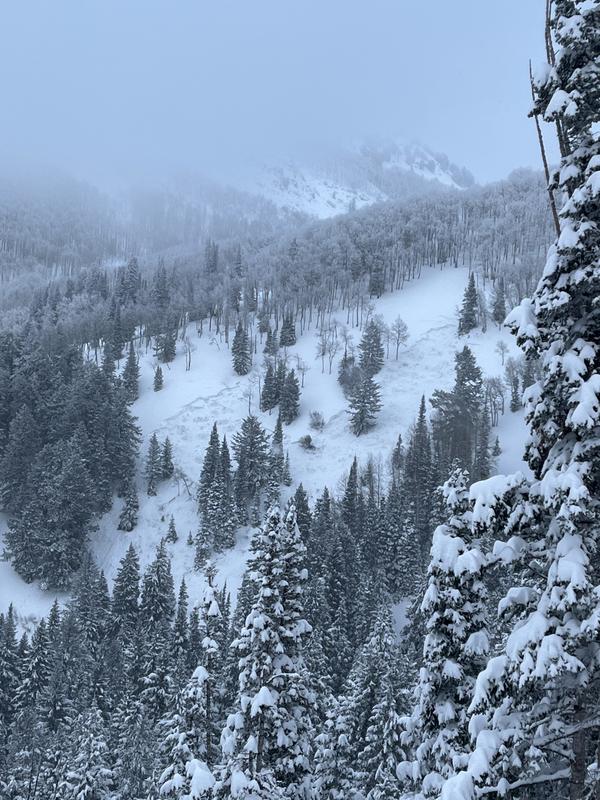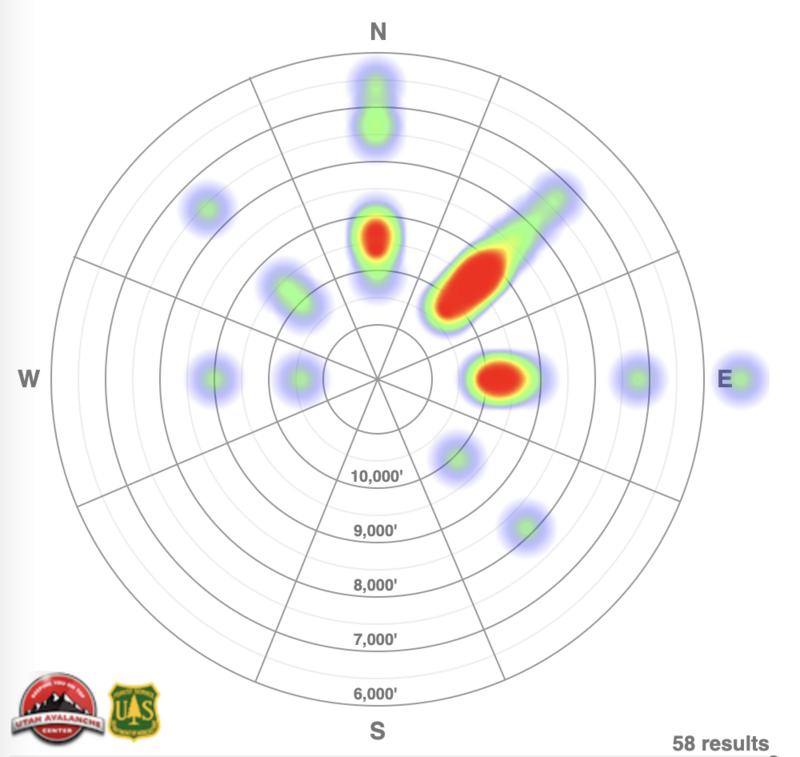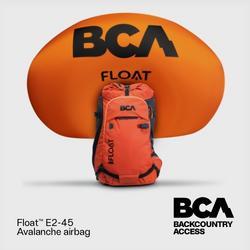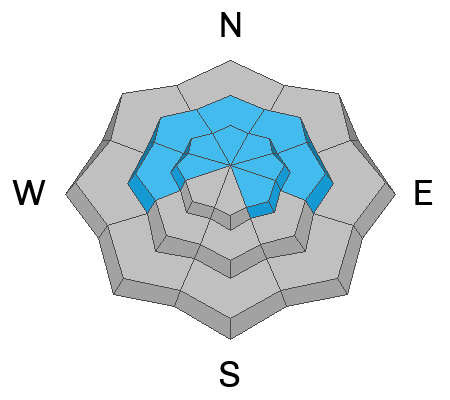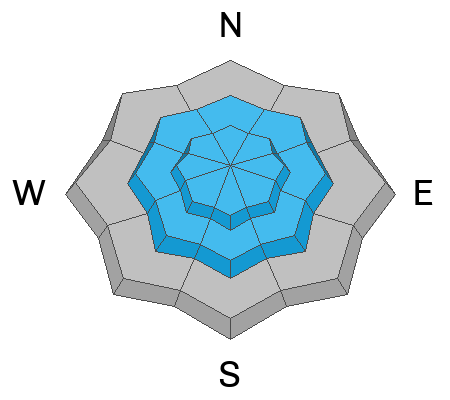Avalanche Warning
What: The avalanche danger for the warning area is HIGH today
Impacts: Recent heavy snow combined with strong wind is creating widespread areas of unstable snow. Both human-triggered and natural avalanches are likely.
What to do: Avoid all avalanche terrain. Stay off of and out from under slopes steeper than 30°. Carry and know how to use avalanche rescue equipment. Find safer riding conditions on slopes less than 30° with no overhead hazard
Warning Times: Tuesday December 31, 2024 - 6:00am to Wednesday January 1, 2025 - 6:00am
SLCOSAR is continuing operations in upper Porter Fork, please avoid the area while their teams work.
This morning, skies are finally clearing, and for the first time in several mornings, it’s not snowing. Temperatures have dropped significantly since yesterday with a temperature inversion in the mountains. Trailhead and base area temperatures are near or below zero, while ridgetop temperatures are in the single digits. Northwesterly winds have decreased overnight and are now 5-10 mph, with gusts up to 20 mph at the highest ridgelines. Final snow totals since the 26th are as follows:
- BCC: up to 49 inches (5.54" of water)
- LCC: up to 44 inches (5.96" of water)
- PC Ridgeline: up to 34 inches (3.64" of water)
Today will be cold and sunny in the mountains. Northwesterly winds should remain light, averaging 0-15 mph, while temperatures rise into the low 20s°F.
Looking Ahead: A gradual warming trend will develop this week. A weak storm is expected to graze northern Utah Wednesday into early Thursday, bringing 1-3 inches of snow to the northern mountains. Another, potentially stronger system could arrive this weekend, bringing 6-12 inches of snow to the northern and central mountains, depending on its track and intensity.
Since December 27th, 58 backcountry avalanches have been reported to the Utah Avalanche Center from the Salt Lake, Provo, and Ogden area mountains. Of these, 41 occurred in the Salt Lake area alone. Many were triggered remotely or from a distance, failing multiple feet deep and over a thousand feet wide. One example is a skier remotely triggering a 2-foot-deep, 300-foot-wide soft slab avalanche on a persistent weak layer while skinning 150-200 feet away on low-angle terrain (20-25°) in
Mill D North.
Avalanche that was remotely triggered from low-angle terrain between Short Swing and Powder Park 3. Photo: L. Jakob and B. Bigwood
Recent avalanche control at resorts triggered widespread D2 and D3 slides. Many avalanches were remotely triggered or sympathetically released, breaking 2–6 feet deep and running over 1,000 feet wide.
Below is the avalanche heat map highlighting recent activity across the Salt Lake, Provo, and Ogden area mountains. For detailed observations and reports, check out all avalanche observations
HERE.
